SELF-MANAGING YOUR
CONFLICT
Learn How to Self-Manage Your Conflict Situation
Learn how to communicate better
Communication is an art and when done well it provides a foundation for positive relationships and fewer disagreements. Communication methods are both verbal and non-verbal and good communication requires an understanding of how different people communicate, as well as improving your own level of communication.
Make use of the 5 key methods of communication?
- Verbal: the spoken element of communication between two or more people.
- Nonverbal: these are the messages your body sends out, which may not match up with what is being said. Body language is essential to read when there is any form of conflict, argument or disagreement.
- Written: conflict can be reduced when something is in writing. However, if the document is confusing, poorly written, complicated, or incomplete, this can cause misunderstanding and conflict to arise.
- Visual: some people prefer to see things in a visual form (such as pictures, infographics, charts, and storyboards) and this is preferred to lengthy written or spoken information.
- Listening: active listening is a fundamental element of good communication. This means not being distracted and paying full attention to the verbal and non-verbal aspects of what is being said.
How to be a better communicator during conflict
- Keep information to the basics and remain as objective as you can be.
- Share feelings in person and not in writing. Emotions are better read by the recipient through your body language. Avoid reacting or causing the need for an immediate reaction. Always take time to reflect on how you feel and how the other person may be feeling or respond to what you say and do.
- Keep complex information in a written and clear form. Do not attempt to deal with such information in a purely verbal form. The recipient will need time to absorb and process this information and a reasonable time in which to respond.
- Keep it simple. When you are in the midst of conflict it is important to refrain from overly complex and emotive arguments. Be clear about what you want and how you see everything moving forward in simple steps. If needed, break the actions down into smaller tasks or outcomes. Any final agreement should be kept jargon free and in plain English with clear action points and identifying key people to take responsibility for each.
The impact of different cultures and backgrounds on conflict resolution
Conflict and culture are intrinsically linked. According to the Cambridge Dictionary, culture is “the ideas, customs, and social behaviour of a particular people or society.” People like to be associated with others who share the same values and principles and will respond to situations in accordance with these and their background and experience.
Understanding more about the cultural differences of those around you will help you identify more relevant ways in which to engage in meaningful discussion about resolving any issues which arise. More importantly, you will be better informed about how to act and communicate with people from different cultural backgrounds, which will reduce the risk of conflict arising in the first place.
Use respectful language and ask questions about how those around you would prefer to communicate and whether there are any elements to your situation which need to be considered in a respectful way to their culture.

